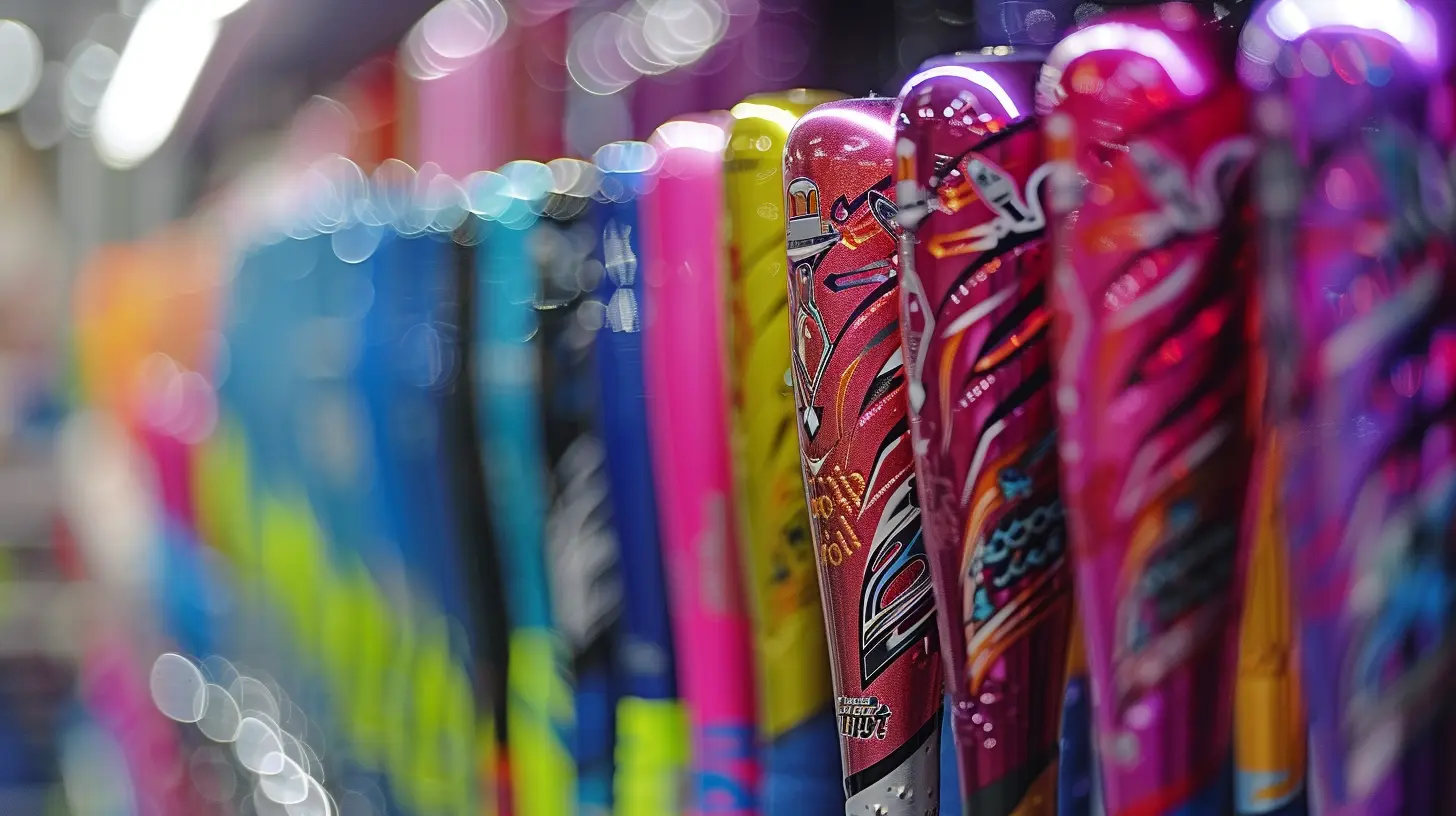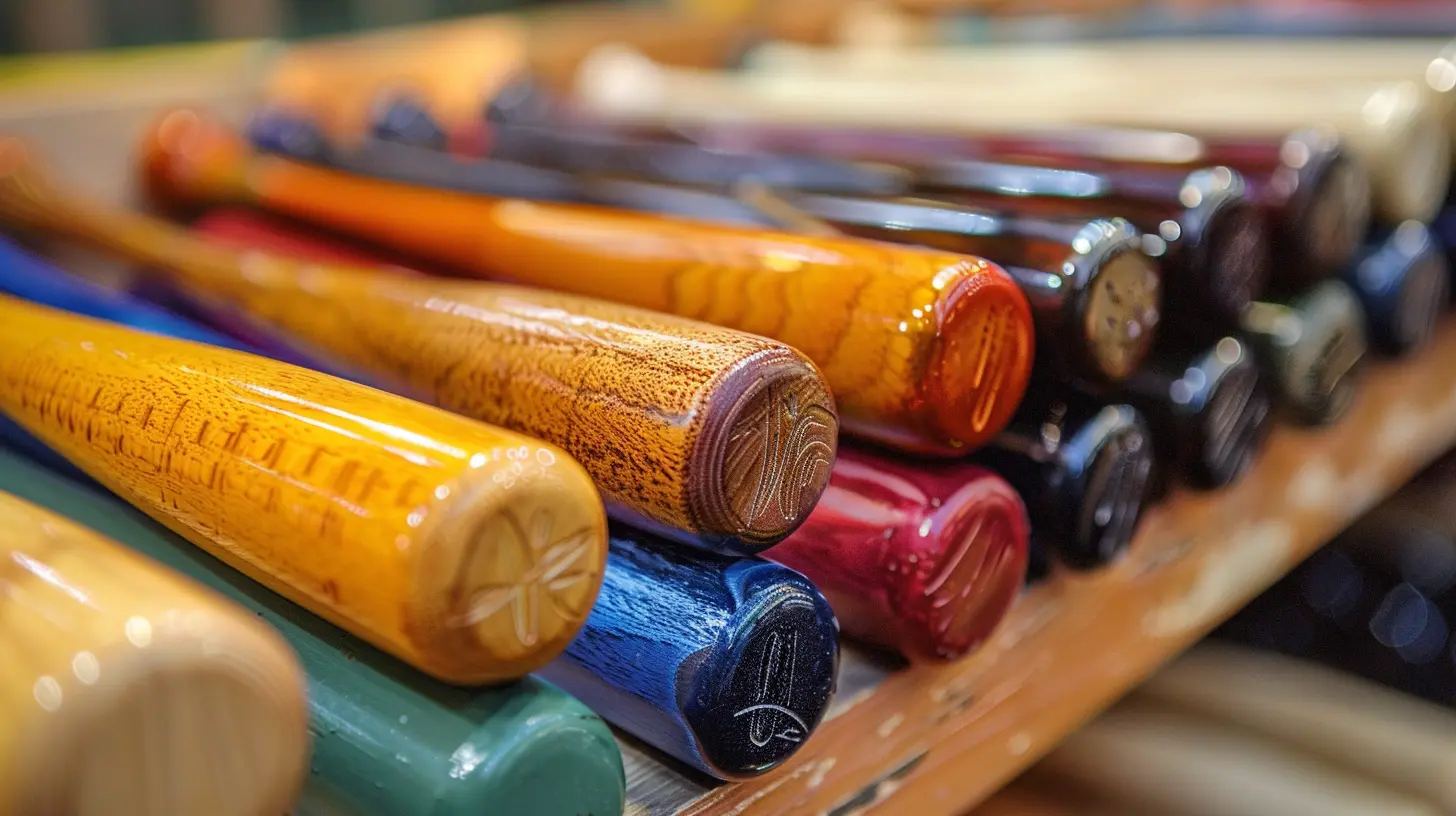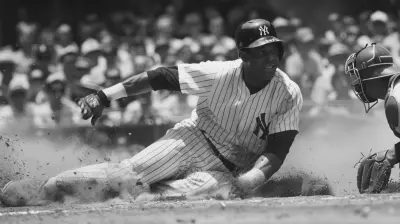What to Consider When Buying a New Softball Bat
30 October 2025
So, you're in the market for a new softball bat. Exciting stuff! But before you go straight for the flashiest bat in the store or the one your favorite pro swings, let's pump the brakes. Buying a bat isn't just about looks or brand names—it's about performance, comfort, and rules (yeah, unfortunately, those matter too).
The right softball bat can be a total game-changer. It can boost your confidence, increase your swing speed, and even add extra pop to every hit. But the wrong one? That’ll leave you frustrated, questioning your skills, and possibly wasting a good chunk of your hard-earned money.
So, let’s break it all down. Here’s exactly what to consider when buying a new softball bat.
1. Know Your League Rules – They’re Not All the Same
Before you even glance at bat specs, stop and figure out what league you’re playing in. Why? Because not all bats are legal everywhere.1.1 ASA or USSSA?
Playing in an ASA (now under USA Softball) league? You’ll need an ASA-approved bat. In a USSSA league? Different stamp, different standards. Picking the wrong one means you might not even be allowed to swing it during a game. Talk about a waste, right?So always check your league’s bat eligibility rules. Most bats will have stamps or certifications clearly printed—make sure you're looking for the right one.
2. Material Matters – Aluminum vs. Composite
This is one of the juiciest debates in the softball world. What material should your bat be made of? The two heavyweight contenders: aluminum and composite. And yes, they each bring their own pros and cons to the plate.2.1 Aluminum Bats (Alloy)
These are your no-nonsense, old-school options.- Hot out of the wrapper – no break-in needed.
- Durable as hell – they can take a beating.
- Great for colder weather games.
But they can feel a bit stiffer, and if you're looking for that extra “pop,” composite might have the edge.
2.2 Composite Bats
Now we’re talking high-tech.- Made with layered materials that allow for better flex.
- Massive sweet spots.
- Reduced vibration (your hands will thank you).
The catch? They usually require a break-in period (around 150-200 hits), and they tend to cost more. Plus, they don’t like the cold—using a composite bat in chilly temps can lead to cracks.
Don’t want to pick a side? Go hybrid—a bat with a composite handle and alloy barrel. Best of both worlds.
3. Size It Up – Length and Weight Aren’t Just Numbers
Picking the right size is where a lot of players mess up. Just because your buddy crushes it with a 34-inch bat doesn’t mean you will too.3.1 Bat Length
Here’s a simple guide based on height and weight, but remember—nothing beats actually swinging different sizes to see what feels best.- Under 5’ = 30–32 inches
- 5’ to 5’8” = 31–33 inches
- Over 5’8” = 32–34 inches
And no, longer doesn’t always mean better. If you can't control it, it's not doing you any favors.
3.2 Bat Weight (a.k.a. Drop Weight)
Bat weight is measured in “drop.” That’s the difference between the length (in inches) and the weight (in ounces). A 33-inch bat that weighs 23 ounces has a drop of -10.- Power hitters often go for lower drop numbers (-8 or -9) for more mass.
- Contact hitters lean toward higher drops (-10 to -13) for faster swings.
Test what works for you. It’s all about balance and feel.
4. One-Piece vs. Two-Piece – What’s the Difference Really?
You’ll see bats labeled as one-piece or two-piece, and it might sound like a minor detail. It’s not.4.1 One-Piece Bats
These are made from a single, solid material. They’re stiff, powerful, and predictable. Great for players who have fast hands and don’t mind a bit of vibration on mis-hits.4.2 Two-Piece Bats
These have a separate handle and barrel, bonded together. That gives you:- More flex at contact (a trampoline effect)
- Less vibration
- Smoother feel
They’re ideal if you want better feel and comfort, especially on off-center hits.
5. Grip and Handle – Don’t Let It Slip
You don’t need a death grip on your bat, but it should feel secure and comfortable in your hands.5.1 Handle Thickness
Thinner handles allow for more wrist action and bat control. Thicker handles can help reduce sting and may feel more stable.5.2 Grip Material
Most modern bats come with padded, textured grips. Some even have vibration-dampening features built in. Sweaty hands? Go for a tackier grip. Cold conditions? Look for something cushioned to protect your hands.Bonus tip: You can always replace the grip with one you prefer, so don’t let that be a dealbreaker.
6. Budget – How Much Should You Actually Spend?
Softball bats come in all price ranges—from $50 to over $400. Yikes. But does spending more always get you a better bat?Not necessarily.
6.1 Entry-Level ($50–$120)
Perfect for beginners or casual players. You’ll sacrifice some performance, but it’ll still get the job done.6.2 Mid-Range ($120–$250)
Better materials, larger sweet spots, and a more balanced feel. Great for serious rec players or high school ballers.6.3 High-End ($250–$450)
Top-tier tech, premium construction, and performance enhancements. If you’re playing competitively or want the best of the best, this is your arena.But remember— a pricey bat won’t fix bad mechanics. Practice will.
7. Swing Style – Know Thyself, Player
You need to match the bat to your swing, not the other way around. Are you a power slugger or a base hit machine?7.1 Power Hitters
You want a bat with end-load. That means more weight towards the end of the barrel, helping you generate power like a wrecking ball. Heavier drops (like -8 or -9) are common here.7.2 Contact Hitters
You’ll benefit from balanced bats that are easier to control. This helps you place the ball better and get on base more often. Go for higher drops (-10 or beyond).The difference can feel dramatic. Test both if you’re unsure.
8. Test Before You Invest
Here’s a golden rule: swing before you buy.Some stores offer demo days, and if you're lucky, your team or league might have a few bats to try. Take advantage of those opportunities. What looks good on paper might not feel right in your hands.
Try different weights, lengths, and styles. Feel the ball off the bat. Listen to the sound it makes. A good swing connection should feel smooth, solid, and satisfying—like cracking an egg with a hammer (but more productive).
9. Longevity – How Long Will It Last?
Think of your bat like a car. That shiny, hot-off-the-line composite might feel amazing… until it cracks after one season of overuse. Durability matters.9.1 Aluminum Bats
Tend to be more durable, especially in varying weather conditions.9.2 Composite Bats
Incredible performance, but can crack or lose pop over time, especially if stored improperly or used in cold weather.Pro Tip: Rotate your bat during batting practice to avoid wearing down the same side. And always store it indoors.
10. Brand Loyalty – Hype or Helpful?
You’ve probably heard of the big names: Easton, DeMarini, Louisville Slugger, Rawlings, Mizuno. Truth is, they all make great bats. But don’t get too caught up in brand wars.Yes, some brands specialize in power bats. Others are known for balance and control. But the best bat for you is the one that feels like an extension of your arms—not just one with a cool logo.
Final Thoughts – It’s More Than Just Metal and Fiber
Buying a new softball bat isn’t something you want to rush. It’s personal. It’s strategic. And yeah, it’s a little emotional too. The right bat can transform your game and make you fall in love with hitting all over again.So take your time. Ask questions. Swing different models. And trust your gut. When you find the right one, you’ll feel it—like Excalibur waiting for the right hands.
Whether you're stepping into the box for your first game or you're a seasoned slugger looking to upgrade, keep these tips locked and loaded. Because when it comes time to swing, you want to know you're holding the best possible weapon.
Let the hits speak for themselves.
all images in this post were generated using AI tools
Category:
Sports EquipmentAuthor:

Uziel Franco
Discussion
rate this article
1 comments
Melanie Ford
Choose wisely, swing dreams into reality.
October 30, 2025 at 12:11 PM

Uziel Franco
Great advice! Choosing the right bat can truly make a difference in achieving your goals on the field.
![A New Era: How [Player Name] is Shaping the Future of [Sport]](/pictures/blog/small/a-new-era-how-player-name-is-shaping-the-future-of-sport_4.webp)

